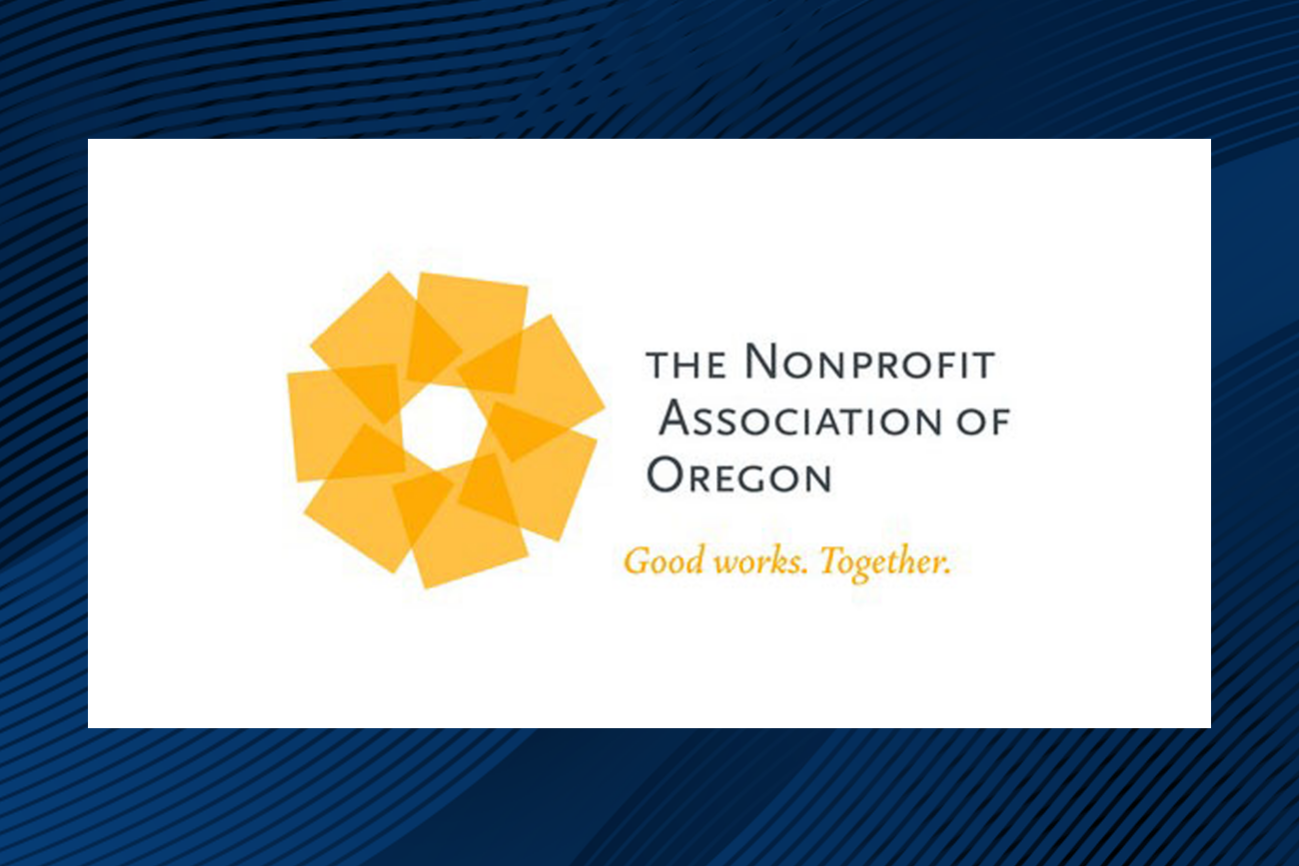Published by the Nonprofit Association of Oregon on May 1, 2019
Authored by Casey Boggs, ReputationUs
Successful nonprofits certainly recognize that partnerships are important. But recently, the importance of corporations working with nonprofits has been proven to successfully enhance a company’s reputation. Nonprofits that work to leverage this information can help support their own organization—and strengthen the reputation of their corporate partners, thus creating a win-win partnership.
A 2019 survey conducted by DHM Research and ReputationUS (RepUs) indicates that 85% of responders feel positive about Oregon companies that are involved in their communities, and have an even higher positive impression when:
- Employees receive paid time-off to volunteer in the community.
- A CEO is positively involved in the community.
- The company itself is engaged and genuinely participates in the community.
Simply put, customers want to do business with companies that give back. Nonprofits that partner with related businesses do well for their nonprofits, at the same time they help create a bridge for the companies they join with toward solid reputation management.
Complete details about the reputation survey, including an analysis of the findings and a list of key insights are available at https://www.ReputationUS.com/Survey/. The first-time scientific study on the importance of reputation—good or bad—when buying a product or service, investing in a company, and being employed by an organization, identified the reputational qualities Oregonians most value in businesses.
Supporting a Good Reputation
Most often a nonprofit’s engagement with a corporation is responsive or reactive. The nonprofit waits to be approached by a corporation, receives donations, or follows-up for more donations. But being proactive about forming a partnership with a corporation can help strengthen both organizations.
Nonprofits seeking to proactively partner with a business to elevate both organizations’ tanding in the community can follow these four keys to success:
KEY #1: Identify Like-Minded Corporations
Nonprofits should seek out the business(es) they want to partner with rather than waiting for a business to seek out the nonprofit. An anchor business can really help you drive your message as a nonprofit, and help build the reputation of the company you select. It also allows you both do something for the good of the community.
For example, an organization that provides free food to struggling local individuals may want to align with a grocery store for an “Ending Hunger” campaign. By building community ties, other businesses may align with you as well, for a greater source of community building.
It is important as a nonprofit to do its due diligence in research. Look at companies and organizations that are based in your neighborhood or community and have a good presence.
- Do a thorough review of the business, what they stand for, what they say about
themselves and what they do. - Understand their customers, their products and services.
- Identify what you do as a nonprofit that can make a partnership mutually beneficial.
By aligning your cause, your issue or your volunteerism to what the corporation is passionate about, you can ensure the partnership is relatable and relevant to the organization.
KEY #2: Ignite A Conversation
Every business works a bit differently with their community involvement and volunteerism. Reaching out to your identified corporation and requesting a meeting with someone who is designated toward the community is a good starting place. Having coffee or lunch with the corporation’s Chief Volunteer Office or Community Relations Director can allow you to each ask questions and begin a professional dialogue.
Let your contact know that you have watched the corporation from afar and you like what they are doing. Be sure to let them know that not only are they doing good work, but that aligning with a nonprofit such as yours will help bolster their good reputation in the community; a valuable secondary benefit to your primary initiatives.
KEY #3: Have Your #Numbers In Order
Success breeds success, and measurable numbers can show a corporation what you have done as a nonprofit to support your cause. How many people or situations have you helped? How much money have you raised? You’ll want to be clear that you are doing well, but that you have an actual and quantifiable need.
Nothing may be more off-putting to a corporation than a nonprofit that approaches them in disarray, needing a life raft. Showing the corporation that you are a well-oiled machine, solidly making strides is not only attractive, but it will help the company understand how they can help maximize your potential in the future.
Let the company know what you are trying to accomplish. What is the bigger, broader issue you are trying to accomplish where you could use their partnership? Be clear and specific about what you are asking them to do, and how you can help them in return.
KEY #4: Seek Alignment—Not Money
For many nonprofits, the need for money is perhaps one of the largest considerations and many objectives can be accomplished through fundraising. Certainly a solid nonprofit will make it more appealing for a corporation to offer money and donations. But more and more companies are looking at how they can get involved in a way that transcends finances.
Simply cutting a check does not mean a company has aligned and deepened its partnership with a nonprofit. Consider that a nonprofit asking for money as part of a partnership discussion can be a turn-off to a corporation. So, as tempting as it may be—and as much as you may need it—it is important not to ask for money right away—if at all.
Move beyond money to increase awareness by considering the bigger cause-related alignments and partnerships that can happen:
- How can your nonprofit be part of the company’s marketing, operations and business
efforts to help build their corporate brand? - How can their efforts as a business support your core mission as a nonprofit?
In business, it is understood that, “Your reputation proceeds you.” By aligning with a corporation you validate their efforts, and they validate yours. Awareness will come through volunteerism and publicity, and eventually money will come too. Have patience: creating an alignment takes time.
Having conversations, asking questions, seeing parallels of mutually beneficial opportunities allows you both to discover how your alignment will unfold. The contacts, networks and influencers you each bring to the table will trigger discussions and open up conversations that can bring you additional resources.
In the process, a bond and a partnership is formed. This not only enhances a great reputation and benefits your cause, it can bring personal fulfillment too.
About the author: Casey Boggs, President, ReputationUs

ReputationUs’s founder and president specializes in reputation and crisis management for businesses and nonprofits. Before forming ReputationUs, Casey was president of LT Public Relations, directing the strategic communications
efforts for corporations, financial institutions and public sector clients. Prior to LTPR, Boggs served as public relations director at AIG, leading the public relations efforts of six affiliated companies. Boggs also managed accounts for
two of the world’s largest public relations firms, Waggener Edstrom and Weber Shandwick. Clients included Microsoft, JP Morgan, Bank of America, Credit Suisse and Allstate. Boggs was also a broadcast buyer for the national advertising
agency Hal Riney & Partners.








